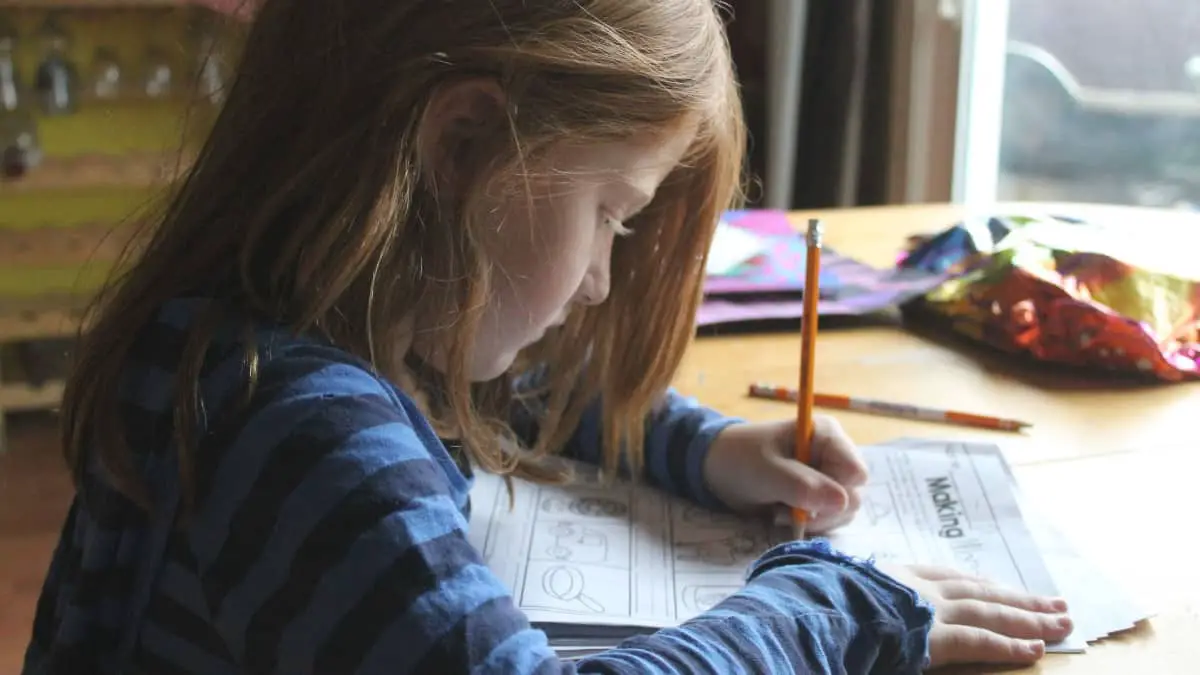Simple Science Fair Projects for 3rd Grade
The third-grade science fair is a fun and exciting time for curious students. Third graders are developing the analytical and math skills that support using numbers and charts to analyze data, rather than relying solely on observation. They’re also ready to understand and apply the scientific method, which means they can come to the science fair with some really creative and fun experiments!
Look for a true experiment using different approaches to observe how they change the outcome of your tests.
Related Post: 1st and 2nd Grade Science Fair Projects
How do I help my 3rd Grader Choose a Project?
The most important thing is to choose something that your child is excited about. If they think the project is fun, interesting, or cool, they are going to engage with the process and be excited about both the actual experiment and about sharing their project with their teachers and friends at the science fair.
Some questions you can ask your child or yourself to help find a great experiment:
- What is my child curious about in the world?
- What is our budget?
- Is my child detail-oriented or more of a big-picture thinker?
- How much time do we have before we need to present results?
- What kind of space do we have for conducting an experiment?
Thinking about your time, space, interest, and end result, will help you develop a fun and successful project. Ensuring that the project your child chooses fits with a budget, time, or space limitations will mean you both have more fun and can engage with the spirit of scientific discovery without being concerned about logistics.
Experiencing the Scientific Method
The 3rd-grade science fair is a great opportunity for students to really begin to explore and understand the scientific method.
Refresher
The scientific method means asking a question about why or how something works, then developing a hypothesis about the answer(s), designing an experiment to test your hypothesis, conducting the test and making observations about what happens, and determining whether the hypothesis was true or false.
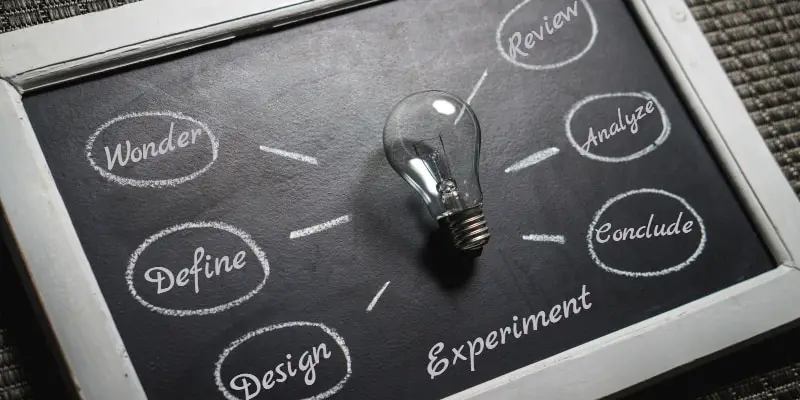
A successful project includes a clear experimental design that will give you results that a grade-school child can observe, understand, and explain. A word of caution: a lot of science activities out there on the web aren’t quite true experiments; they have a ton of value and are cool and fun activities for demonstrations, early ‘lab’ experiments, or creative at-home fun. But to make a fun and successful science fair project, your child needs to be able to compare how different methods of doing something relate to different outcomes, which is a little different than simply a demonstration of a scientific principle.
For example, making slime is a really popular and fun activity. It teaches kids about chemistry: how you can take individual components like water and cornstarch that, when combined, make a slimy semi-solid that can be pulled and stretched and squashed. That is super cool! But in itself, making a batch of slime (even with different colors) is not really an experiment. However, making slime using different starting materials, different water temperatures, or different types of add-ins (glitter, confetti, sand) might be a great and really fun experiment!
By varying the types of ingredients or the water temperature, your child can begin to understand how chemistry is affected by ratios, temperature, texture, etc. They could even pick their favorite method and explain why: what makes this recipe the most fun, gross, least messy, etc.? Can they consistently get the same result once they have identified their ideal slime?
Experiment Basics
There are a few steps that should be the same for any science fair project, and the creativity comes out in the questions your 3rd grader asks, the way they set up their experiment and, of course, in the actual results.
The basic steps for creating a successful and fun project:
- Start with some research, either online or at the library. Learn a bit about the topic, and use that to help think of questions, make hypotheses, and design the experiments.
- Gather your materials: make sure you have everything you’ll need, that you and your child know where it is, and that you have time and space for the experiments.
- Make sure you have materials for recording observations! We recommend writing down some things you want to observe ahead of time and marking down the results as they happen. It’s also great to take photos and possibly video of the experiments for your child to include on their poster and in their report.
- Allow time to ask new questions and expand or alter the experiment if needed.
- Evaluate the results – what worked, what didn’t, were your hypothesis correct or were they different than predicted? Do you know why?
- Help your child make their poster and report (as appropriate).
Some Fun Project Ideas
The internet is a great resource for finding appropriate science fair projects. When I was a kid, there were a few standard projects out there (I grew up in a university town where lots of parents were professors or professional scientists) and the science fair didn’t always have a lot of creativity. These days, when I look for project ideas, I see a ton of interesting experiments, and I find myself getting excited about how you could change, combine, or spin-off to do something unexpected and different. So this is a great time to find inspiration from others and use the power of the internet to get started.
We’ve selected a few examples of interesting, simple science fair project ideas and provided a bit of detail about how you can design and conduct the experiment. But don’t limit yourself to these ideas! Follow your child’s curiosity and let them lead the way. You are here to help make sure they are safe, that they don’t forget the assignment guidelines, and maybe to act as their trusty assistant.
#1. Flight Dynamics
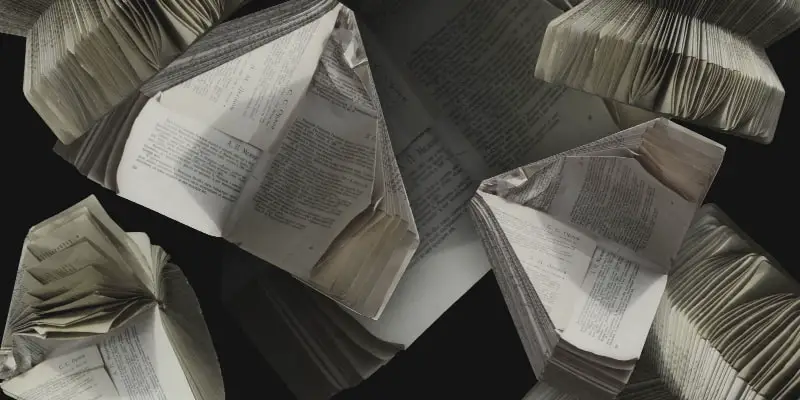
Growing up, we all had our favorite way to fold a paper airplane. While some kids made planes that just looped and floated to the ground (yep, still me), others made airplanes that could do tricks, fly long distances, or drop like a stone (on purpose of course). This is a really easy science fair project for a 3rd grader that also happens to be fun and really instructive.
This project has so much room for making creative experiments: your child could pick three airplane designs and compare them; they could use two different types of paper to see whether the same design flies differently with different paper; two people could fold the same designs to see if that makes a difference. Brainstorm with your child and let them come up with lots of different things to compare!
We recommend that your child conducts flight tests inside, where there will be less chance that wind, rain, or other outdoor factors affect the experiment. Make sure to start flight tests from the same place, and be consistent in how you measure or observe the airplanes. And you could measure multiple outcomes: distance, height, number of loops, or how they land.
We love this project because it is really simple but illustrates the basics of a science experiment. It’s also an inexpensive or even free science experiment, depending on what you already have at home. This project can also be completed quickly if you’re pressed for time.
#2. How to Cook an Egg
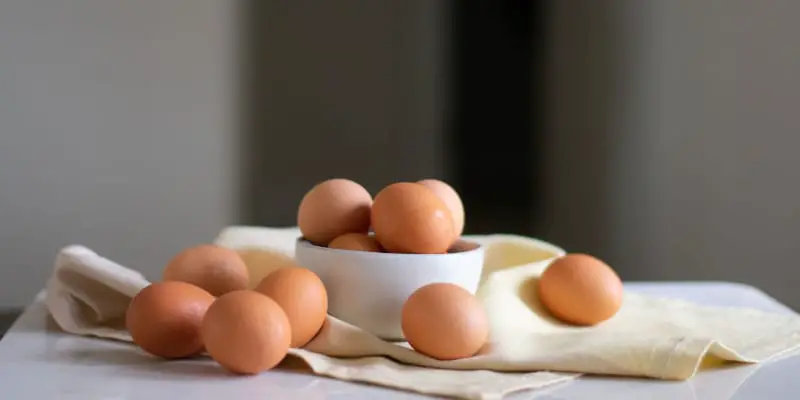
Another simple science fair project idea is to experiment with different methods for hard-boiling eggs. We’ve all been there: you boil an egg, and you go to peel it and you have a giant mess with egg white stuck to the shell and bits of egg and shell stuck to the counter, your hands, and the cutting board. There is a lot of information out there about the “best” method and most people probably have their own ideas. But how did you come up with your answer? Probably trial and error, figuring out which method, or combination of methods, works with your water, pans, altitude, and level of comfort with peeling messy eggs.
This is science! It’s the kind of science that most people do without even realizing it. So if you have a kid who likes to cook, let them experiment with one of their favorite foods to see how well different methods work and which is their favorite. We’ve given details for the boiled egg example, but this one could easily be adapted to other foods.
Some ideas for experiments would be to put eggs in water that is already boiling and compare that with putting eggs in the water cold and heating them together. You could also experiment with letting the eggs cool with the water or dunking them into ice water after they are finished cooking. You could test starting egg temperature: does an egg straight from the fridge cook differently than one that was warm (room temperature) before it went in the water? Just don’t forget to have some controls, for example, if you are using different water or egg temperatures, make sure to use the same pot and the same volume of water.
We love this experiment because it is done with something children are likely familiar with. It is really relatable since we all eat and make the same food one way or another, so doing experiments with cooking can be a really great way for kids to connect with scientific concepts like experimenting, predicting, and keeping track of your results.
#3. What Makes Seeds Sprout?
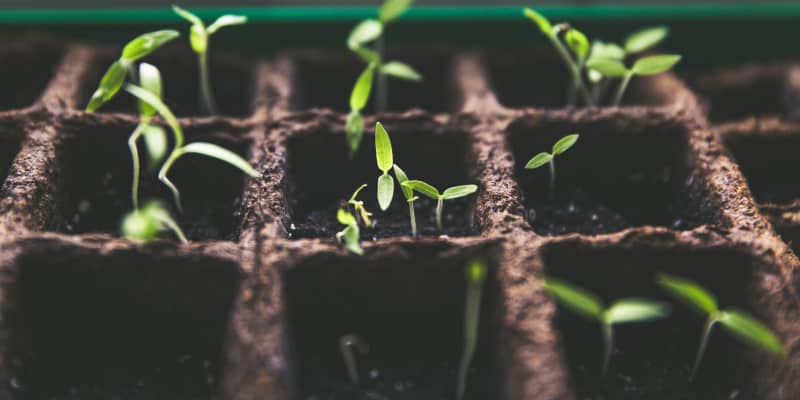
Another really simple science fair project for elementary students is experimenting with what makes seeds sprout. Plants are everywhere, but we often know so little about them, so here’s a great introduction to how plants grow and where food comes from!
For this one, you’d want to make sure to choose seeds that are easy to sprout since we want the experiment to be about the child’s ideas, not so much the seeds themselves. Some of the best options are beans, cucumber, squash, and flower seeds like sweet peas or forget-me-nots. Depending on your budget and access to seeds, we’d recommend picking up a packet or two, or just some dried beans from the grocery store, to get your experiment going.
Some ideas for experiments could include the amount of light that seeds get each day; the amount of water; the type of soil; if they are sprouting in water, soil, or on a paper towel; or adding something other than water (soda or juice are popular). If time allows, your child could carry this experiment for several weeks, learning whether differences in germination (sprouting) also mean differences in how fast or tall the plant grows as it gets bigger.
We like this one because it’s a bit more complex, but still really approachable. This experiment may “feel” a bit more like science to some kids and parents. But this is still fun, inexpensive, and leaves a lot of room for creativity and expanding the experiment. It will require a bit more planning: seeds will need at least a few days and up to a few weeks for you to observe the results, so if you’re pressed for time, this is not the one to choose! But if you’re planning ahead, and your child is interested in an experiment that has a bit slower pace, this is a great option.
Frequently Asked Questions
Can you describe the scientific method?
A basic dictionary definition of the scientific method is systematic observation, measurement, and experiment, and the formulation, testing, and modification of hypotheses. One critical thing to remember is that you can think of it as circular: results lead to more questions which might become another lead to more experiments.
What questions can help my child do their project independently?
Science fairs are a time when it is easy as a parent to take over – intentionally or not – and possibly prevent your child from feeling that they’ve done the project themselves. Some questions to ask your child to keep them engaged and in the lead include:
- What do you think will happen when we do x?
- How should we set up this part of the experiment, why?
- What do you notice about this result?
- Do you have ideas for other tests we could do to answer your questions?
What other resources are out there for 3rd grade science fair project ideas?
There are a lot of educational sites out there with project ideas. If your child doesn’t have something in mind, do some online research and look for an experiment on a topic that your child is interested in. A lot of sites include instruction cards and materials lists to help you set up a successful experiment. That said, we have a few words of caution about the online resources:
- As mentioned up top, some of the ‘experiments’ are more like science demonstrations, so make sure to either adapt to it or find another option that your child can use to compare results.
- A lot of the project idea boards I found gave the “answer”, which may be helpful to you as a parent (or teacher) but takes away from your child’s scientific experience, so you might consider keeping that part to yourself.
- Do your own research: there are few examples where the experiment is sound, the instructions are good, but the background information is inaccurate or outdated, so proceed with caution and remember that science moves quickly.

